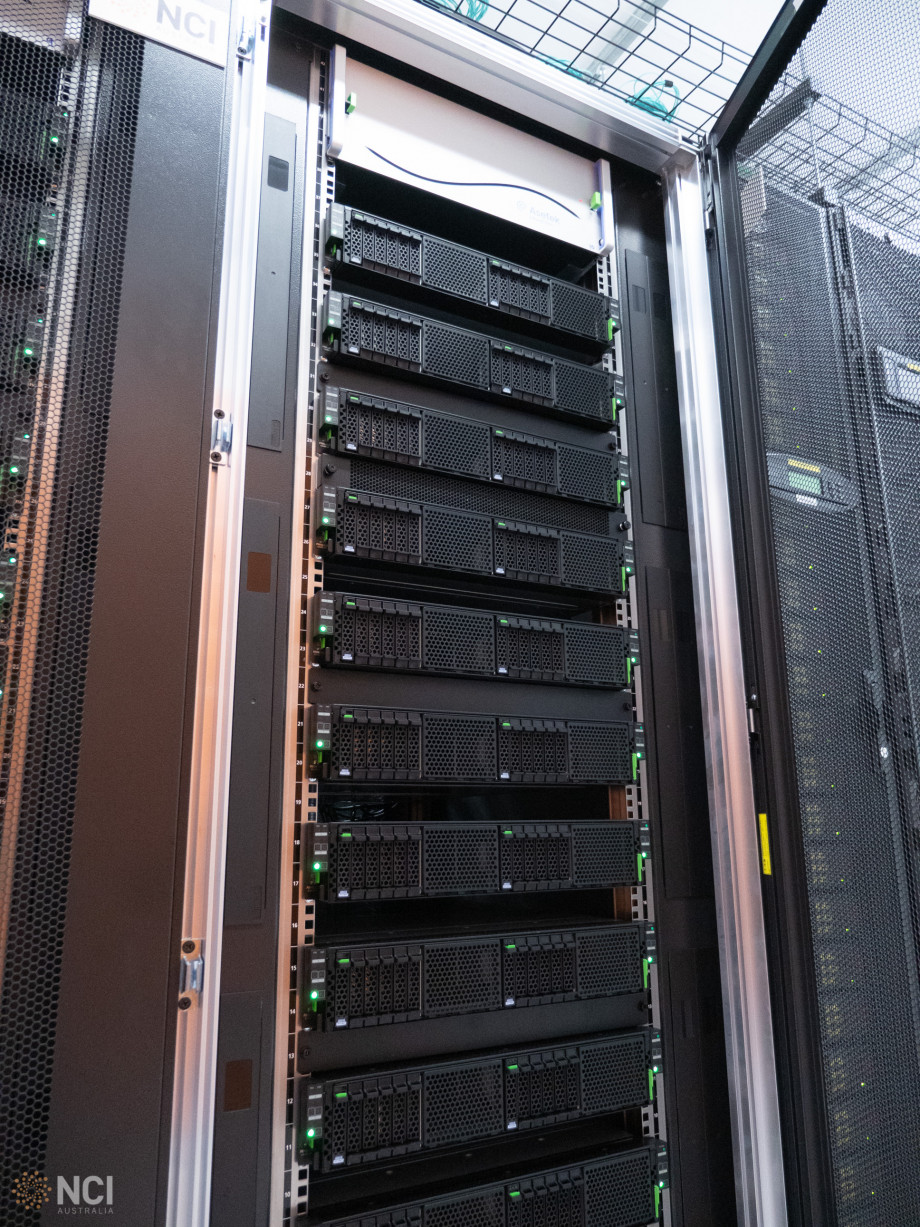NCI recently partnered with regional colleagues at the Pawsey Supercomputing Centre and New Zealand eScience Infrastructure, and our industry partners NVIDIA, to bring beginner and intermediate users a GPU Bootcamp. A three-day online, interactive course offering an introduction to methods of code parallelisation, a mini coding project and debugging techniques, the GPU Bootcamp was a popular and useful entry into some of Gadi’s most exciting new technology. Over forty scientists from diverse disciplines took part in the first of multiple training opportunities that will be taking place over coming months.

GPUs, or Graphics Processing Units, are relatively new to scientific computing, and can offer major speed ups for certain kinds of applications. The processing performance of GPUs for highly parallel operations can far outstrip that of traditional Central Processing Units (CPU). Gadi’s NVIDIA V100 GPUs are far more numerous and powerful than the ones researchers previously had access to at NCI. Critically, fine-tuning at the software level is required to bring about the biggest GPU improvements. Bootcamps such as these train users to run and optimise their scientific codes to run on these radically different sorts of processor. Applications for GPUs include high-resolution modelling in disciplines such as Computational Fluid Dynamics (CFD) and astrophysics, as well as the growing fields of machine learning and artificial intelligence.
Dr Chitrarth Lav from Monash University joined the bootcamp to help further develop one of the key codes that he uses for CFD calculations. He says, “Porting a code to GPUs using OpenACC was a first for me and the bootcamp provided an ideal platform to learn about the topic effectively.”
“My plan with the code is to now look through the existing implementation and test whether we could improve any existing bottlenecks with further OpenACC optimisations. The code already runs faster than the CPU-parallelised version, so the benefit of further parallelising on the GPUs is an opportunity worth exploring.”
Ms Ella Wang from The Australian National University and the ARC Centre of Excellence in All Sky Astrophysics in 3 Dimensions came to the bootcamp to learn more about GPUs and the ways she could deploy them in her Honours research. She says, “I'm planning on using GPUs to build a neural network to emulate synthetic spectra. I come from a CPU HPC background, so it was good to link CPU parallelism with GPU and think of ways I could use NCI's GPU nodes more efficiently through asynchronous computations. Astronomy doesn't use GPUs extensively currently, but I think GPU usage will become much more widespread in astronomy into the future though.”
With demand for this initial bootcamp far exceeding the available spots, a second advanced session in October will cater to the remaining interested users. By continuing to partner with the other peak supercomputing facilities in the region, we can reach more users and provide training in the latest technologies that suits their needs.